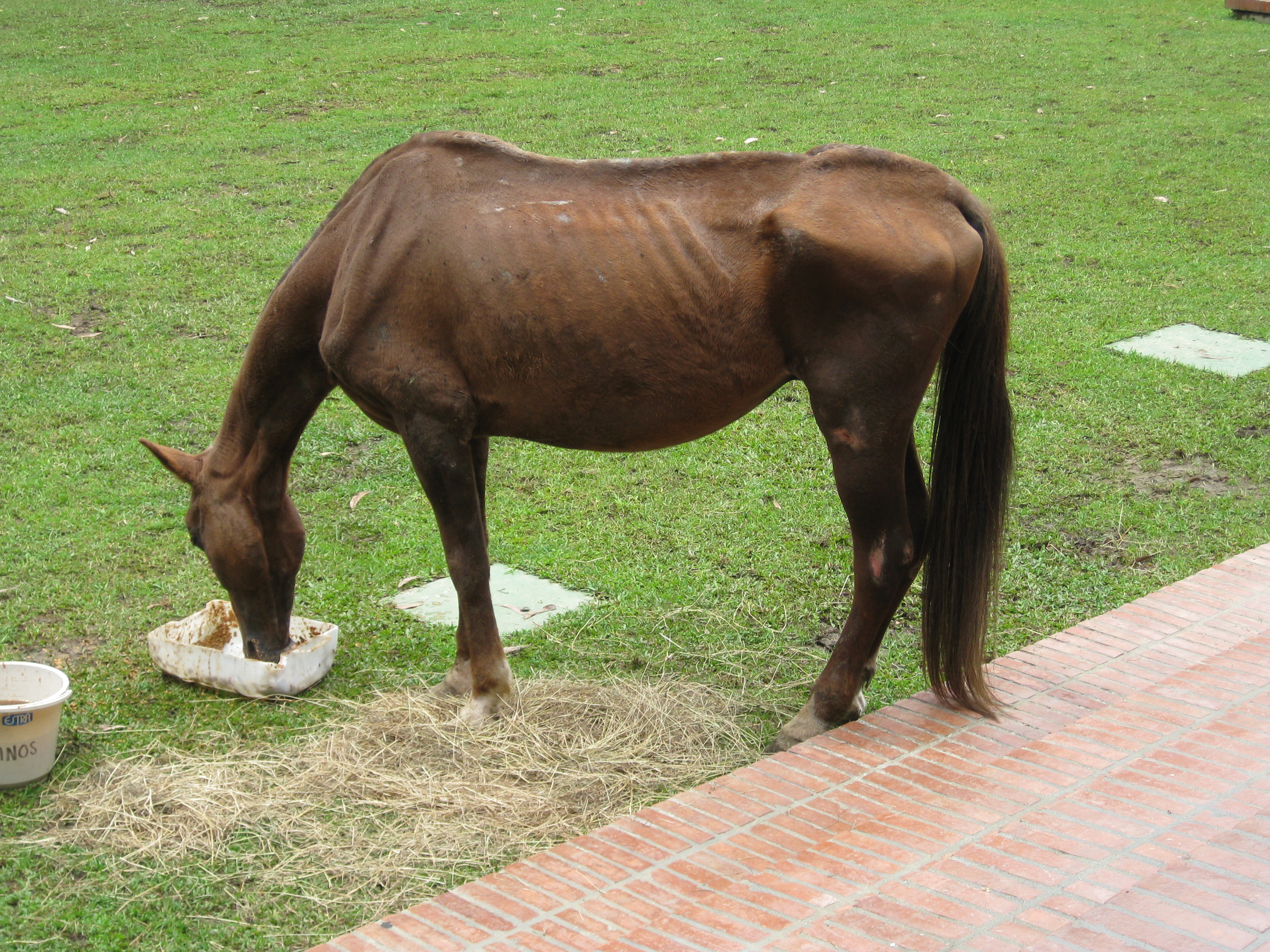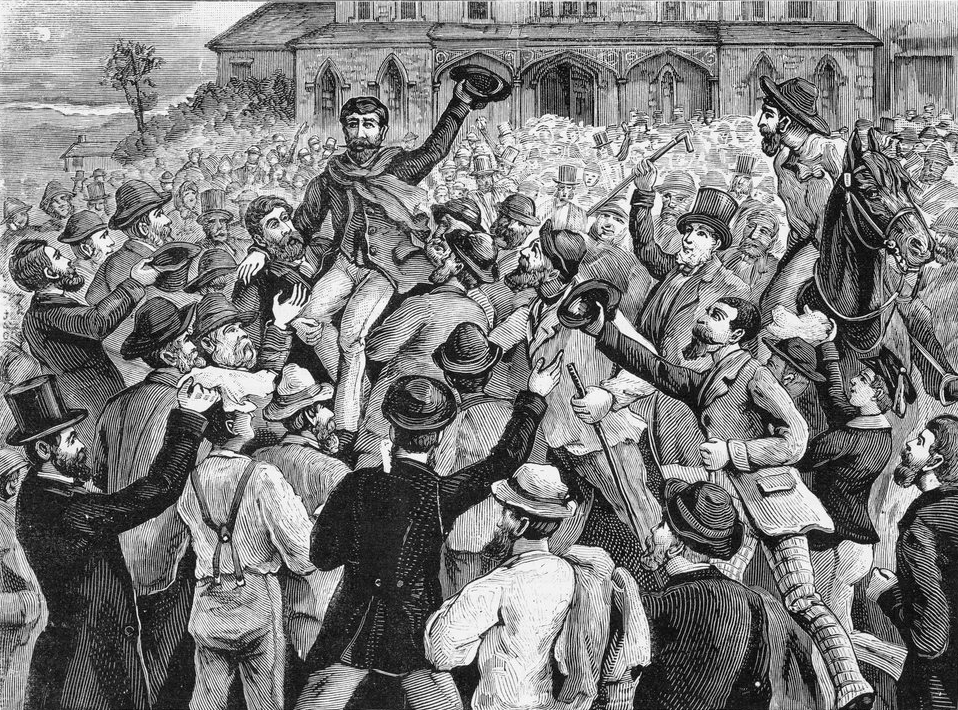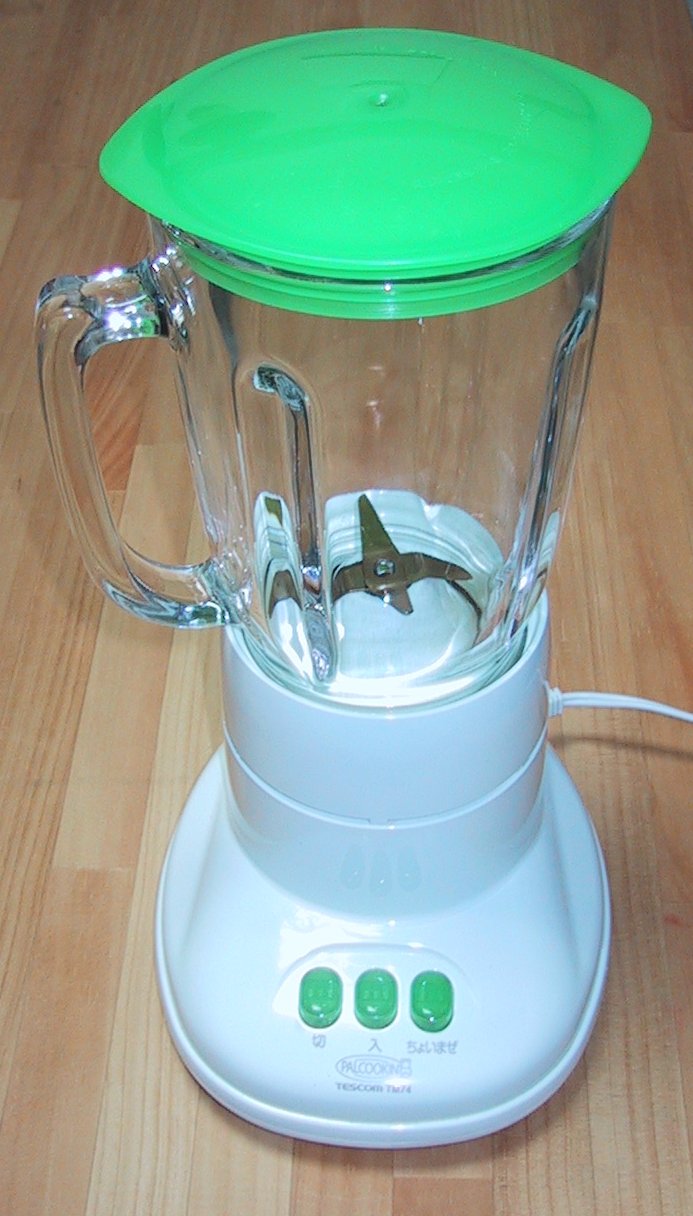|
Marco Evaristti
Marco Evaristti (born 1963) is a Chilean artist who has lived in Denmark since the 1980s. While a trained and practicing architect, he is best known for hosting a dinner party where the main course was agnolotti pasta that was topped with a meatball made with his own fat, removed earlier in the year in a liposuction operation. Early life Though raised a Catholic, in his teenage years Evaristti found out he was born to a Jewish mother, which some account for the philosophical and religious themes in his work. Evaristti holds a master's degree in architecture from the Royal Danish Academy of Fine Arts where he was a student of architect Henning Larsen. Through the years, he has continued working on private architectural projects as well as larger commission projects. Architecture His architecture works contain a blend of Scandinavian, Asian and Latin American approaches. He travels to other countries and embellishes the natural environment with coloured dye as part of an ongoing pr ... [...More Info...] [...Related Items...] OR: [Wikipedia] [Google] [Baidu] |
Chile
Chile, officially the Republic of Chile, is a country in the western part of South America. It is the southernmost country in the world, and the closest to Antarctica, occupying a long and narrow strip of land between the Andes to the east and the Pacific Ocean to the west. Chile covers an area of , with a population of 17.5 million as of 2017. It shares land borders with Peru to the north, Bolivia to the north-east, Argentina to the east, and the Drake Passage in the far south. Chile also controls the Pacific islands of Juan Fernández, Isla Salas y Gómez, Desventuradas, and Easter Island in Oceania. It also claims about of Antarctica under the Chilean Antarctic Territory. The country's capital and largest city is Santiago, and its national language is Spanish. Spain conquered and colonized the region in the mid-16th century, replacing Inca rule, but failing to conquer the independent Mapuche who inhabited what is now south-central Chile. In 1818, after declaring in ... [...More Info...] [...Related Items...] OR: [Wikipedia] [Google] [Baidu] |
Iceberg
An iceberg is a piece of freshwater ice more than 15 m long that has broken off a glacier or an ice shelf and is floating freely in open (salt) water. Smaller chunks of floating glacially-derived ice are called "growlers" or "bergy bits". The sinking of the ''Titanic'' in 1912 led to the formation of the International Ice Patrol in 1914. Much of an iceberg is below the surface, which led to the expression "tip of the iceberg" to illustrate a small part of a larger unseen issue. Icebergs are considered a serious maritime hazard. Icebergs vary considerably in size and shape. Icebergs that calve from glaciers in Greenland are often irregularly shaped while Antarctic ice shelves often produce large tabular (table top) icebergs. The largest iceberg in recent history (2000), named B-15, measured nearly 300 km × 40 km. The largest iceberg on record was an Antarctic tabular iceberg of over [] sighted west of Scott Island, in the South Pacific Ocean, by the USS Glacier ... [...More Info...] [...Related Items...] OR: [Wikipedia] [Google] [Baidu] |
Terrorism
Terrorism, in its broadest sense, is the use of criminal violence to provoke a state of terror or fear, mostly with the intention to achieve political or religious aims. The term is used in this regard primarily to refer to intentional violence during peacetime or in the context of war against non-combatants (mostly civilians and neutral country, neutral military personnel). The terms "terrorist" and "terrorism" originated during the French Revolution of the late 18th century but became widely used internationally and gained worldwide attention in the 1970s during The Troubles, the Troubles in Northern Ireland, the Basque conflict, and the Israeli–Palestinian conflict. The increased use of suicide attacks from the 1980s onwards was typified by the 2001 September 11 attacks in the United States. There are various different definitions of terrorism, with no universal agreement about it. Terrorism is a Loaded language, charged term. It is often used with the connotation of some ... [...More Info...] [...Related Items...] OR: [Wikipedia] [Google] [Baidu] |
Bronze
Bronze is an alloy consisting primarily of copper, commonly with about 12–12.5% tin and often with the addition of other metals (including aluminium, manganese, nickel, or zinc) and sometimes non-metals, such as phosphorus, or metalloids such as arsenic or silicon. These additions produce a range of alloys that may be harder than copper alone, or have other useful properties, such as ultimate tensile strength, strength, ductility, or machinability. The three-age system, archaeological period in which bronze was the hardest metal in widespread use is known as the Bronze Age. The beginning of the Bronze Age in western Eurasia and India is conventionally dated to the mid-4th millennium BCE (~3500 BCE), and to the early 2nd millennium BCE in China; elsewhere it gradually spread across regions. The Bronze Age was followed by the Iron Age starting from about 1300 BCE and reaching most of Eurasia by about 500 BCE, although bronze continued to be much more widely used than it is in mod ... [...More Info...] [...Related Items...] OR: [Wikipedia] [Google] [Baidu] |
Patina
Patina ( or ) is a thin layer that variously forms on the surface of copper, brass, bronze and similar metals and metal alloys (tarnish produced by oxidation or other chemical processes) or certain stones and wooden furniture (sheen produced by age, wear, and polishing), or any similar acquired change of a surface through age and exposure. Additionally, the term is used to describe the aging of high-quality leather. The patinas on leather goods are unique to the type of leather, frequency of use, and exposure. Patinas can provide a protective covering to materials that would otherwise be damaged by corrosion or weathering. They may also be aesthetically appealing. Usage On metal, patina is a coating of various chemical compounds such as oxides, carbonates, sulfides, or sulfates formed on the surface during exposure to atmospheric elements (oxygen, rain, acid rain, carbon dioxide, sulfur-bearing compounds). In common parlance, weathering rust on steel is often mistakenly refe ... [...More Info...] [...Related Items...] OR: [Wikipedia] [Google] [Baidu] |
BBC News
BBC News is an operational business division of the British Broadcasting Corporation (BBC) responsible for the gathering and broadcasting of news and current affairs in the UK and around the world. The department is the world's largest broadcast news organisation and generates about 120 hours of radio and television output each day, as well as online news coverage. The service maintains 50 foreign news bureaus with more than 250 correspondents around the world. Deborah Turness has been the CEO of news and current affairs since September 2022. In 2019, it was reported in an Ofcom report that the BBC spent £136m on news during the period April 2018 to March 2019. BBC News' domestic, global and online news divisions are housed within the largest live newsroom in Europe, in Broadcasting House in central London. Parliamentary coverage is produced and broadcast from studios in London. Through BBC English Regions, the BBC also has regional centres across England and national news c ... [...More Info...] [...Related Items...] OR: [Wikipedia] [Google] [Baidu] |
Animal Cruelty
Cruelty to animals, also called animal abuse, animal neglect or animal cruelty, is the infliction by omission (neglect) or by commission by humans of suffering or Injury, harm upon non-human animals. More narrowly, it can be the causing of harm or suffering for specific achievements, such as killing animals for entertainment; cruelty to animals sometimes encompasses inflicting harm or suffering as an end in itself, referred to as zoosadism. Divergent approaches to Animal rights by country or territory, laws concerning animal cruelty occur in different jurisdictions throughout the world. For example, some laws govern methods of killing animals for food, clothing, or other products, and other laws concern the keeping of animals for entertainment, education, research, or pets. There are several conceptual approaches to the issue of cruelty to animals. Even though some practices, like animal fighting, are widely acknowledged as cruel, not all people and nations have the same defini ... [...More Info...] [...Related Items...] OR: [Wikipedia] [Google] [Baidu] |
Acquittal
In common law jurisdictions, an acquittal certifies that the accused is free from the charge of an offense, as far as criminal law is concerned. The finality of an acquittal is dependent on the jurisdiction. In some countries, such as the United States, an acquittal operates to bar the retrial of the accused for the same offense, even if new evidence surfaces that further implicates the accused. The effect of an acquittal on criminal proceedings is the same whether it results from a jury verdict or results from the operation of some other rule that discharges the accused. In other countries, the prosecuting authority may appeal an acquittal similar to how a defendant may appeal a conviction. Scotland Scots law has two acquittal verdicts: ''not guilty'' and ''not proven''. However a verdict of "not proven" does not give rise to the double jeopardy rule. England and Wales In England and Wales, which share a common legal system, the Criminal Justice Act 2003 creates an ex ... [...More Info...] [...Related Items...] OR: [Wikipedia] [Google] [Baidu] |
Trapholt Art Museum
Trapholt is a museum of contemporary art and design located in Kolding, Denmark. It opened in 1988 and was previously named Trapholt Kunstmuseum (Trapholt Museum of Art) but its increasing focus on the broader arts lead to its shortened name. It describes itself as a "museum for modern painting, crafts, design, and furniture design". Background The museum was expanded in 1996 to house a furniture collection with contemporary Danish furniture design, with a collection of over 500 chairs from the 20th century, which is the largest in Denmark. The spiral architecture of this part of the museum is inspired by the Guggenheim Museum. It also holds collections of crafts, primarily ceramics and textiles. Trapholt comprises the museum itself and its surrounding sculpture park which includes works by Ingvar Cronhammar, Bjørn Nørgaard, Lars Ravn, and Søren Jensen. In addition to temporary exhibitions, the museum hosts a permanent exhibition of paintings by Richard Mortensen. Totallin ... [...More Info...] [...Related Items...] OR: [Wikipedia] [Google] [Baidu] |
Goldfish
The goldfish (''Carassius auratus'') is a freshwater fish in the family Cyprinidae of order Cypriniformes. It is commonly kept as a pet in indoor aquariums, and is one of the most popular aquarium fish. Goldfish released into the wild have become an invasive pest in parts of North America. Native to East Asia, the goldfish is a relatively small member of the carp family (which also includes the Prussian carp and the crucian carp). It was first selectively bred for color in imperial China more than 1,000 years ago, and several distinct breeds have since been developed. Goldfish breeds vary greatly in size, body shape, fin configuration, and coloration (various combinations of white, yellow, orange, red, brown, and black are known). History Various species of carp (collectively known as Asian carp) have been bred and reared as food fish for thousands of years in East Asia. Some of these normally gray or silver species have a tendency to produce red, orange or yellow ... [...More Info...] [...Related Items...] OR: [Wikipedia] [Google] [Baidu] |
Blender (device)
A blender (sometimes called a mixer or liquidiser in British English) is a kitchen and laboratory appliance used to mix, crush, purée or emulsify food and other substances. A stationary blender consists of a blender container with a rotating metal blade at the bottom, powered by an electric motor that is in the base. Some powerful models can also crush ice and other frozen foods. The newer immersion blender configuration has a motor on top connected by a shaft to a rotating blade at the bottom, which can be used with any container. Characteristics Different blenders have different functions and features but product testing indicates that many blenders, even the less expensive ones, are useful for meeting many consumer needs. Features which consumers consider when purchasing a blender include the following: *large visible measurement marks *ease of use *low noise during usage *power usage (typically 300–1000 watts) *ease of cleaning *option for quick "pulse" blending Countert ... [...More Info...] [...Related Items...] OR: [Wikipedia] [Google] [Baidu] |







.jpg)
